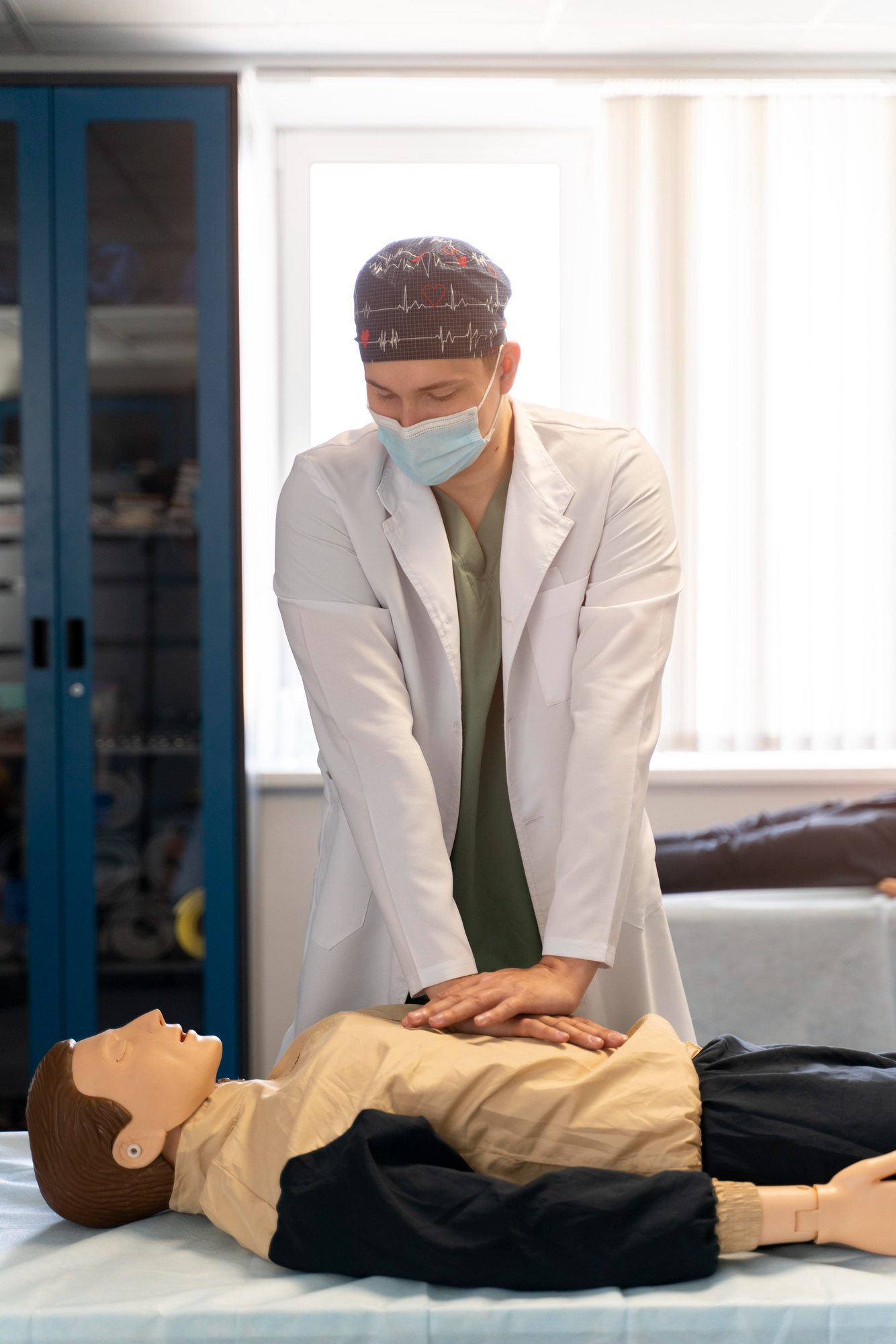Seizure Safety Precautions: A Comprehensive Guide to Preventing Accidents During Seizures with Occupational Therapy vs. Physiotherapy
Overview:
Severe epilepsy presents several difficulties, not the least of which is safety during convulsions. Precautions against seizures are crucial to reducing the likelihood of mishaps and damage. We’ll explore the function of physiotherapy (PT) and Occupational Therapy (OT) in reducing accidents during seizures in this extensive tutorial. Both treatments are essential for increasing safety and raising the standard of living for those who are having seizures.

Understanding Seizures: It’s important to comprehend seizures before talking about safety measures. Uncontrollably abrupt electrical disruptions in the brain that might alter behaviour, movement, or awareness are known as seizures. The severity, length, and symptoms can differ greatly from one another.
Occupational Therapy for Seizure Safety: The goals of occupational therapy are to increase a person’s independence and capacity to carry out everyday tasks. OT can assist avoid mishaps during seizures in the following ways:
1. Home Safety Assessment: To find any risks that could raise the possibility of injury during seizures, occupational therapists perform home safety evaluations. They advise making adjustments including putting safety rails and grab bars in place, anchoring furniture, and getting rid of sharp things.
2. Seizure Preparedness Training: OTs instruct patients and their carers on how to spot seizure warning signs and put the right safety precautions in place. They offer instructions on how to make a seizure action plan that covers what to do in the event of a seizure and when to call for medical assistance.
3. Assistive devices and adapted equipment: To improve safety and independence, OTs advise using assistive devices and adaptable equipment. Examples include modified cutlery for those with motor disabilities, seizure alarms that alert carers, and helmet cushions to prevent head injuries during falls.
4. Cognitive and Behavioural Strategies: Occupational therapy (OT) programmes target the cognitive and behavioural difficulties linked to seizures. This could entail offering relaxing techniques to lessen seizure triggers, enhancing memory and executive functioning abilities, and providing coping mechanisms to manage stress or worry.
5. Training in everyday Living abilities: Occupational therapists assist people in enhancing everyday living abilities like cooking, clothing, and bathing. They put a lot of emphasis on maximising independence while making sure that regular activities are safe.
Physiotherapy for Seizure Safety: The goal of physiotherapy is to maximise one’s physical capabilities, range of motion, and general health. PT can help prevent accidents during seizures in the following ways:

1. Fall Prevention Techniques: To determine the risk factors for falls during seizures, physiotherapists evaluate a patient’s strength, balance, and coordination. They create individualised workout plans to enhance gait, postural control, and stability, which lowers the risk of falls-related injuries.
2. Seizure Response Training: PTs instruct patients and their carers on how to react appropriately during seizures in order to reduce harm. This could involve methods for lowering someone securely to the ground, shielding the head, and arranging the body so as not to suffocate or aspirate.
3. movement Aids and Assistive Devices: To promote safe movement and independence, physiotherapists prescribe mobility aids and assistive devices. Examples include wheelchairs that are customised to each user’s needs and functional ability, walkers, and canes.
4. Muscle Relaxation Techniques: To reduce the stiffness and spasms in the muscles linked to seizures, physical therapy procedures include muscle relaxation techniques. Stretching routines, massage treatments, or other modalities like heat or cold therapy may be used to encourage relaxation and lessen seizure triggers.

5. Respiratory Support: PTs deal with respiratory problems, like trouble breathing or obstruction of the airway, that may occur during seizures. They impart knowledge on how to keep the airways open, arrange the body to make breathing easier, and help with breathing when needed.
A Comparison between Physiotherapy and Occupational Therapy
While physiotherapy and occupational therapy are equally important in preventing mishaps during seizures, their methods and areas of attention are different:
Occupational therapy addresses the behavioural and cognitive components of safety while emphasising functional independence and day-to-day living abilities.
Physiotherapy addresses the musculoskeletal and respiratory components of safety while concentrating on physical function, mobility, and fall avoidance.
Integration of Therapies: A multidisciplinary strategy combining cooperation between neurologists, physiotherapists, occupational therapists, and other medical specialists is frequently necessary to achieve optimal seizure safety. People can gain from comprehensive care that maximises safety and quality of life while addressing their specific requirements by combining OT and PT approaches.

Finally
Precautions against seizures are crucial for reducing the likelihood of mishaps and injury among seizure sufferers. With the use of adaptive equipment, fall prevention techniques, mobility interventions, home modifications, and training in seizure preparedness, occupational therapy and physiotherapy play critical roles in improving safety and encouraging independence. These interventions improve the general health of people who have seizures by addressing the functional and physical components of safety. Working together, physiotherapists and occupational therapists can provide clients with comprehensive care that improves their quality of life and addresses their unique requirements.


Your article helped me a lot, is there any more related content? Thanks!